


Chelated Fertilizer


Ferric EDTA
Iron-EDTA represents a pinnacle in iron fertilization, meticulously formulated to…
Learn More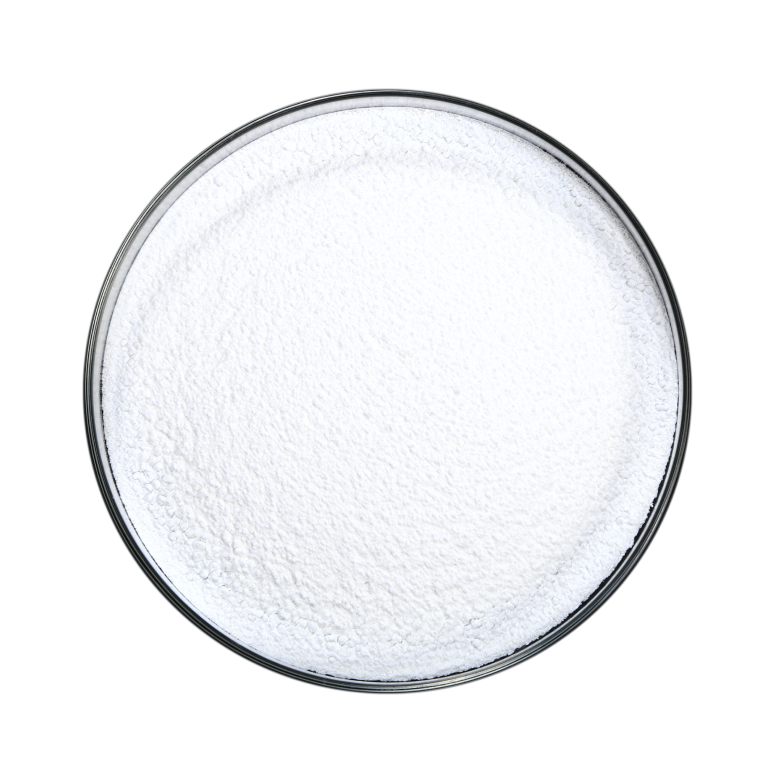
Manganese EDTA
Manganese-EDTA represents the pinnacle of manganese supplementation, expertly formulated to…
Learn More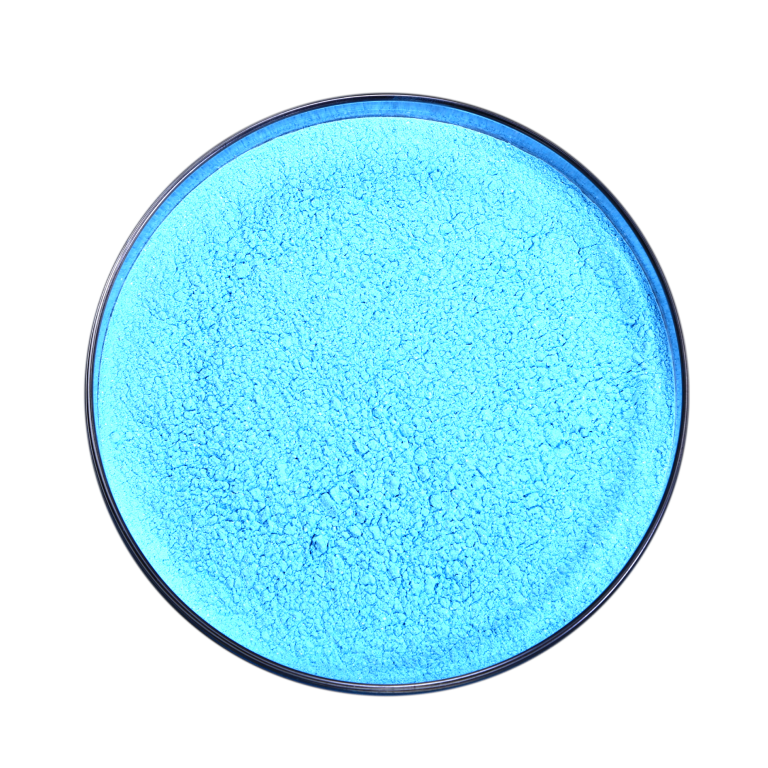
Copper EDTA
Copper-EDTA stands as a hallmark of excellence in micronutrient fertilization,…
Learn More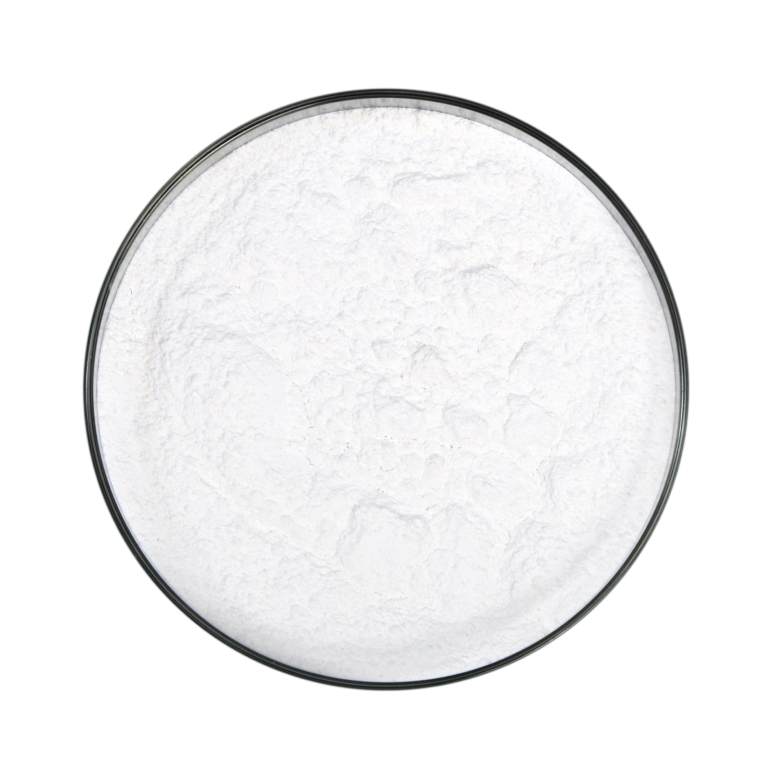
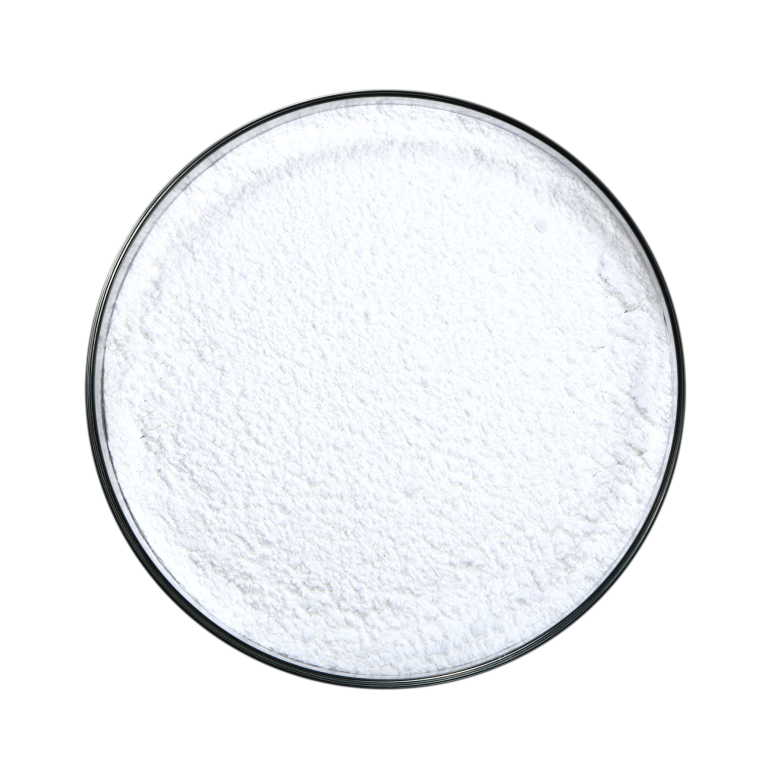
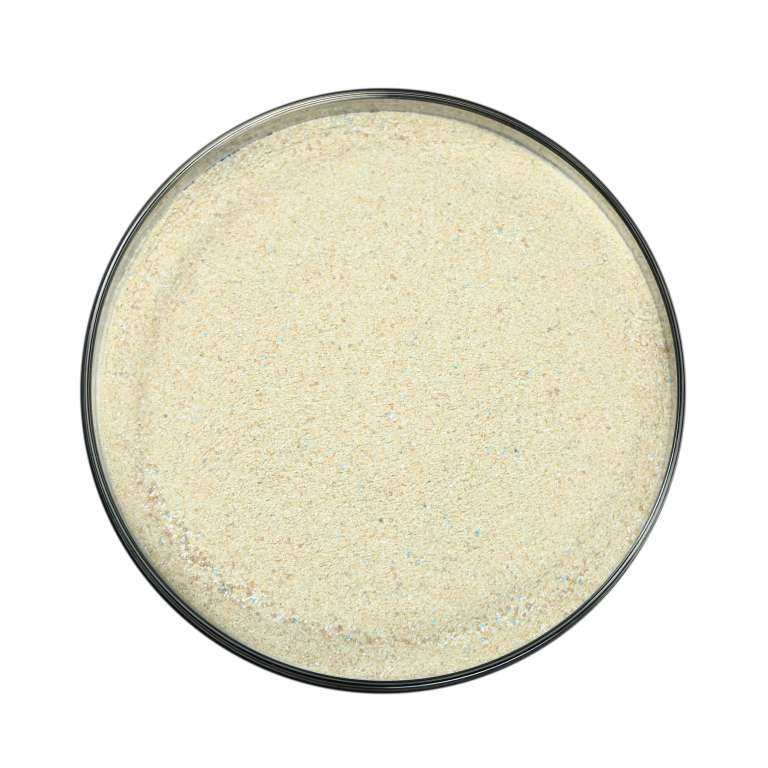
Mix Micronutrients EDTA Powder
Chelated micronutrients are a precisely formulated mixture of essential mineral…
Learn More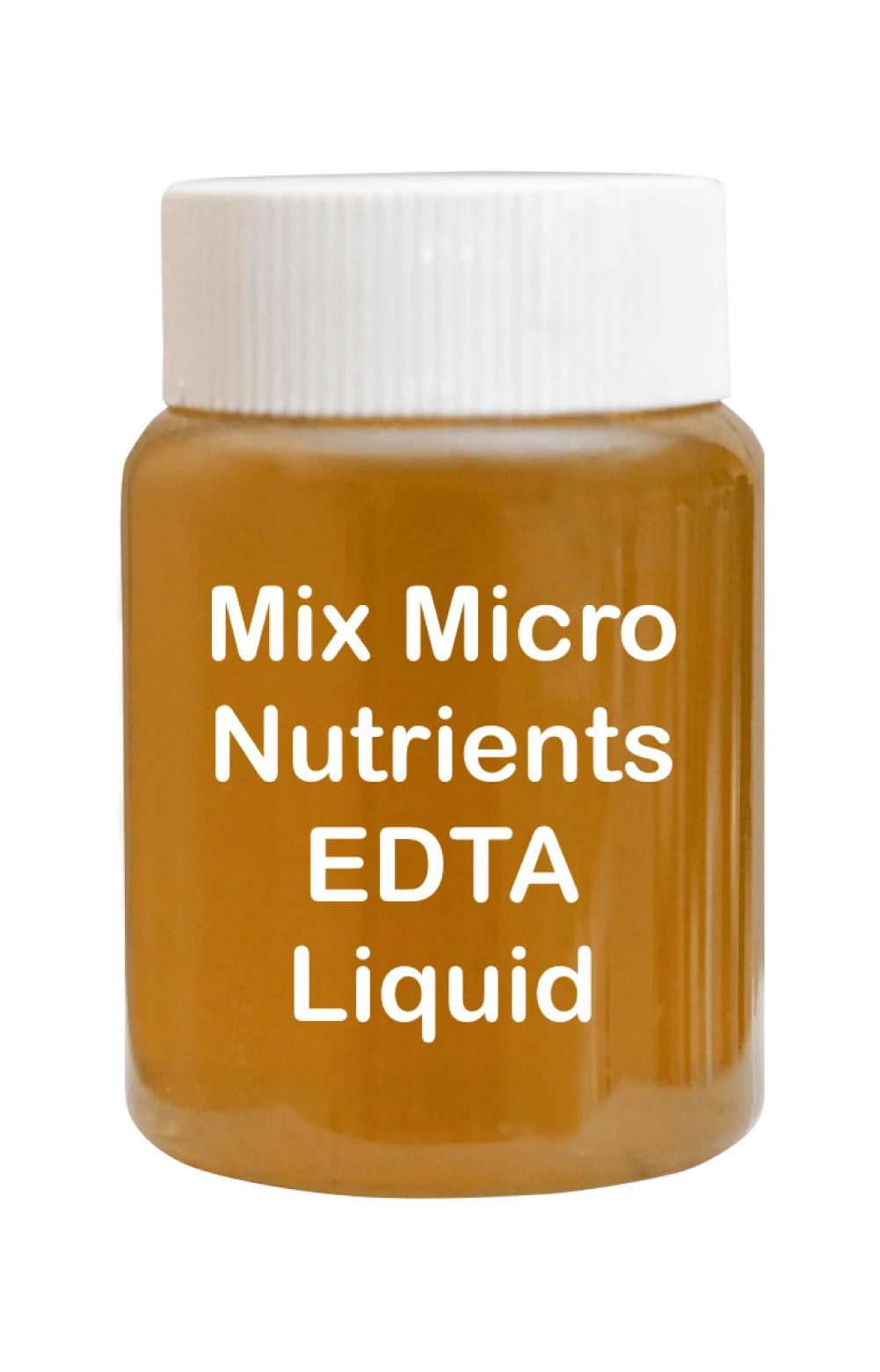
Mix Micronutrients EDTA Liquid
Chelated micronutrients offer a meticulously formulated combination of vital mineral…
Learn More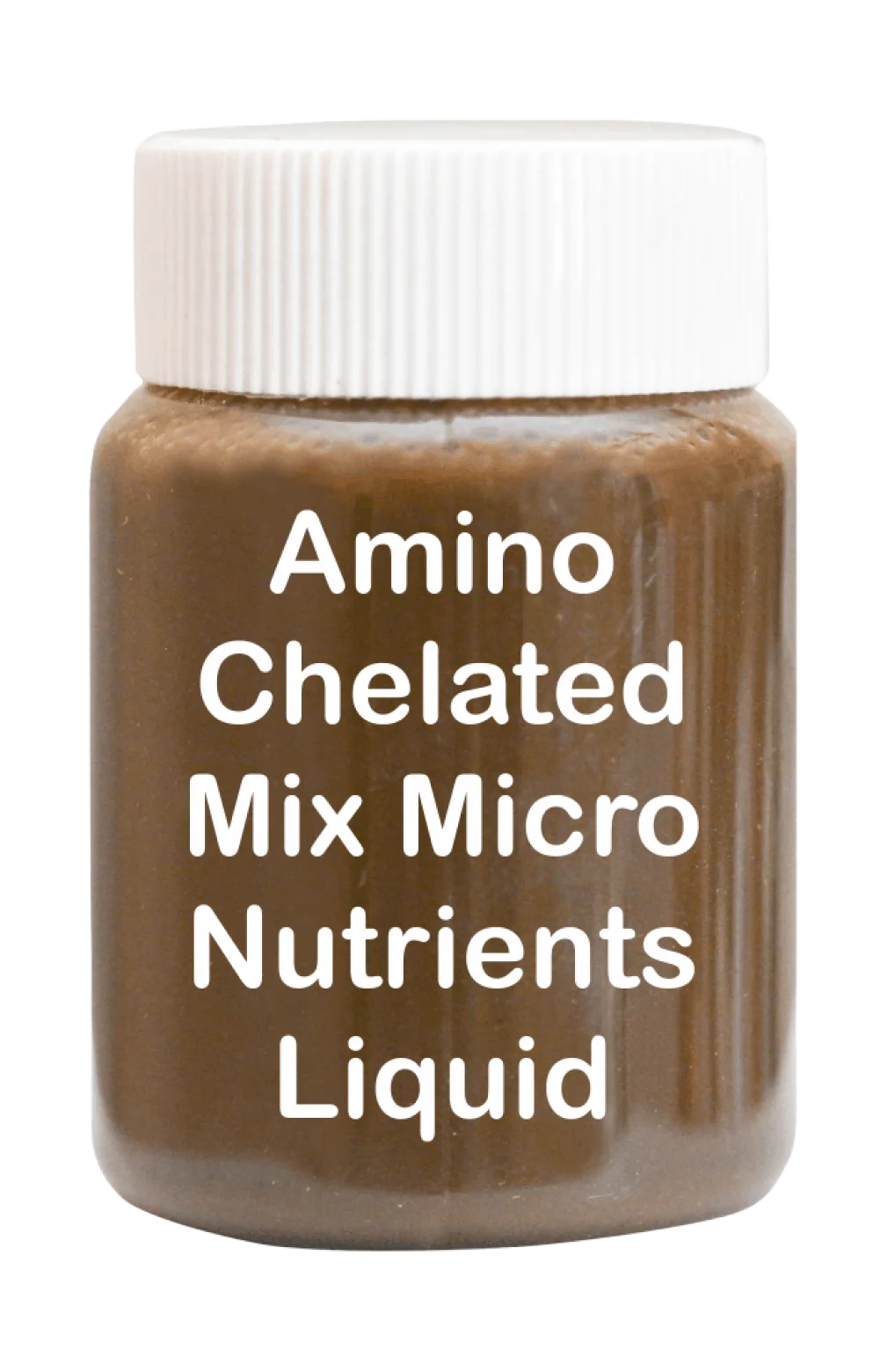
Amino Chelated Mix Micronutrients Liquid
Chelation is the process of transforming metals into metal compounds…
Learn More
Mix Micronutrients Powder
Chelation is a method that transforms metals into compounds easily…
Learn MoreArihant Group is a prominent provider of high-quality micronutrients in the form of EDTA chelates and Amino Acid Chelates.
A chelate refers to a compound formed when a micronutrient ion bonds with an organic molecule known as a ligand. The ligand “binds” the ion, protecting it from interactions with other ions in the solution that could render it unavailable for plant absorption.
EDTA, short for Ethylene Diamine Tetra-Acetic Acid, is a chelating agent. Its unique molecular structure enables it to attach to heavy metals. Ligands, such as EDTA, form stable chelates with micronutrients, keeping these metal ions soluble and providing plants with essential nutrients.
Amino Acid Chelates are bio-organic chelating agents. These agents serve as an effective system for delivering nutrients. The Arihant Pro range contains amino acids extracted from soy proteins, enhanced with nitrogen.
As plants absorb the micronutrient ions, additional ions are released from the bonded ligands, making them accessible for uptake.
This process optimizes the utilization of applied micronutrients, ensuring their availability in soils with varying pH levels—whether acidic or alkaline.
Role of Micronutrients and Deficiency Symptoms:
1. Zinc (Zn):
- Supports protein synthesis, seed formation, and promotes plant growth and vigor.
- Deficiency Indicators: Leaf blotching.
2. Iron (Fe):
- Crucial for chlorophyll production, cell division, and other critical plant processes.
- Deficiency Indicators: Yellowing leaves and interveinal chlorosis.
3. Manganese (Mn):
- Essential for photosynthesis and respiration, improving green color and boosting sugar and protein levels. It also helps plants tolerate intense light.
- Deficiency Indicators: Mosaic-like chlorotic patterns on leaves.
4. Copper (Cu):
- Important for chlorophyll production, cell wall development, and enzymatic processes. It aids seed formation, enhances sugar content, and improves fruit and vegetable flavor and color.
- Deficiency Indicators:Wilting of upper leaves.
5. Boron (B):
- Promotes flower blooms, ensures uniform ripening, and facilitates sugar transport, cell division, and amino acid synthesis.
- Deficiency Indicators:Growth point depression (root tip, bud, flower, young leaves) and organ deformities (root, shoot, leaf, and fruit).
6. Molybdenum (Mo):
- Deficiency symptoms mirror those of nitrogen deficiency, including general chlorosis in young plants and the oldest leaves.
- Deficiency Indicators:Stunted growth with pale green or yellowish-green leaves, particularly between the veins.
Application Methods:
Micronutrients are used for soil application, foliar spraying, and fertigation.


